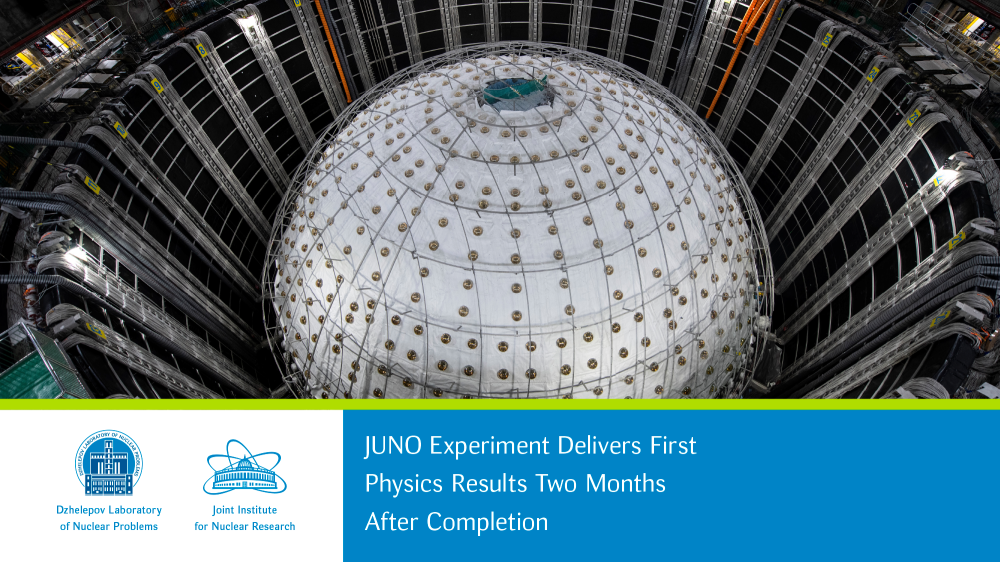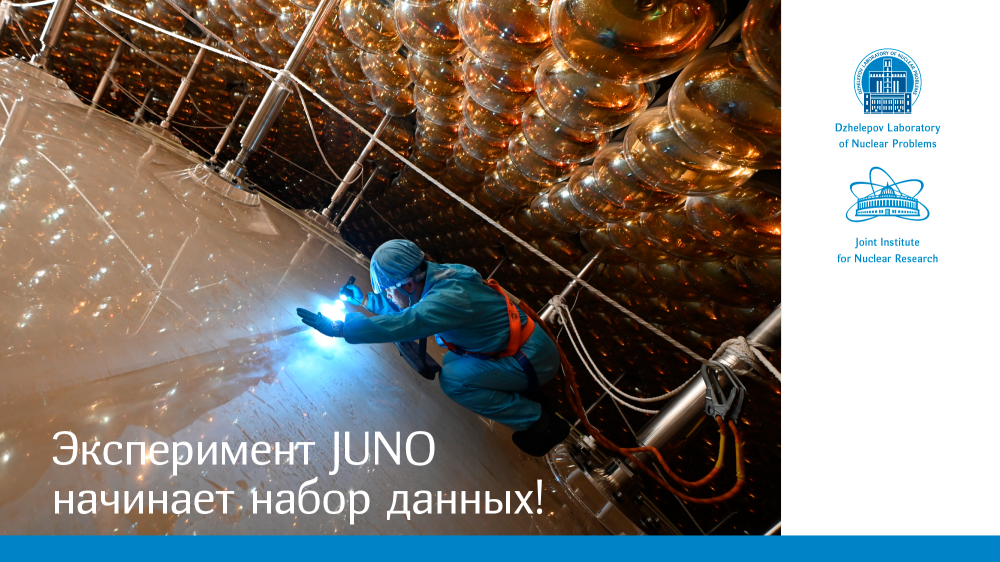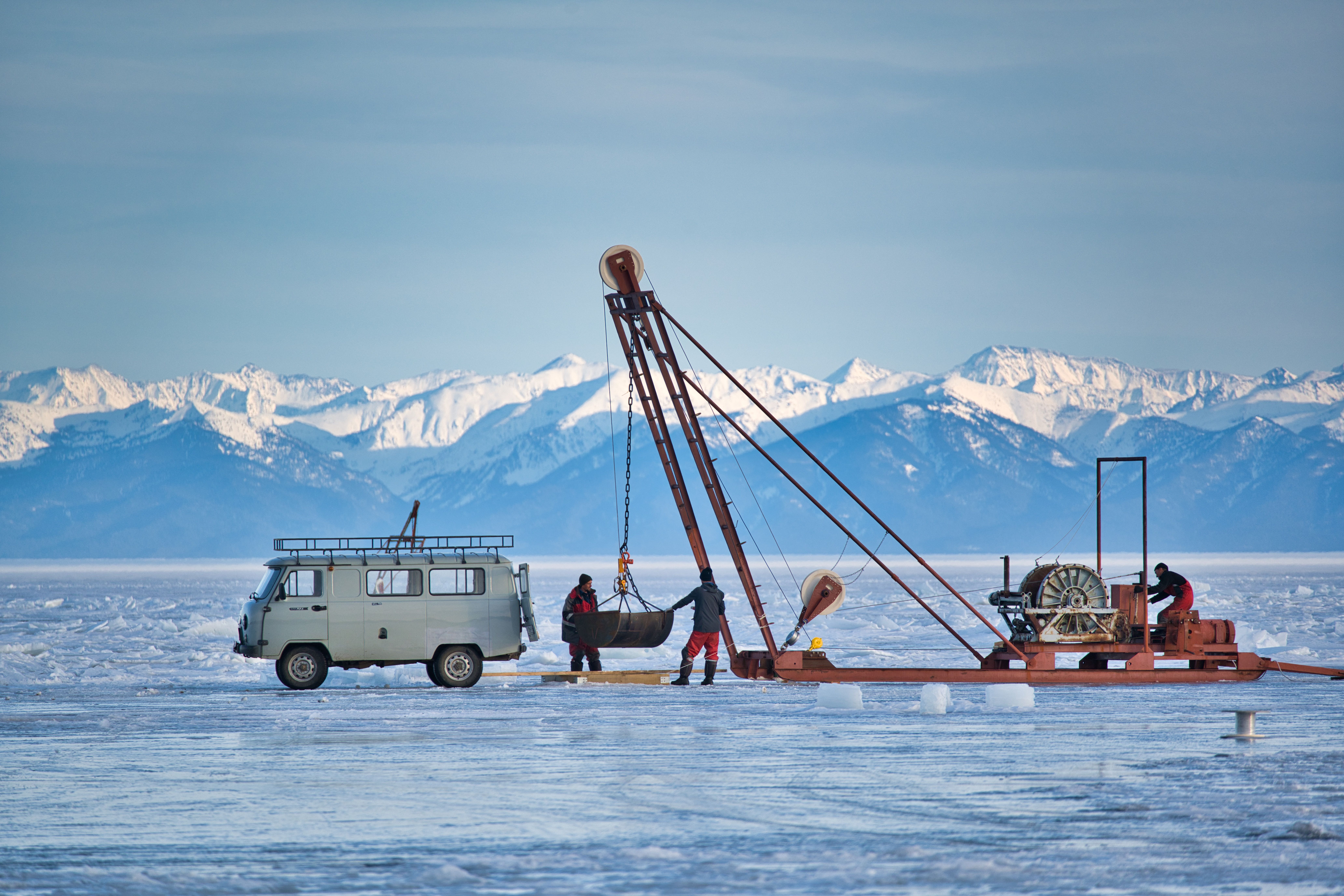A New Species of Extremophilic Bacteria Discovered in the Elbrus Region
A new species of extremophilic bacteria has been isolated by JINR scientists, along with their colleagues from INR of RAS, from subsurface water in an unused tunnel of the Baksan Neutrino Observatory of INR of RAS. The species is able to withstand high concentrations of heavy metals and to grow using C1 compounds as a carbon source. In the long term, this bacterial species can be used to purify soils and waste water from heavy metals and also to recover biomass using an inexpensive carbon source methanol.
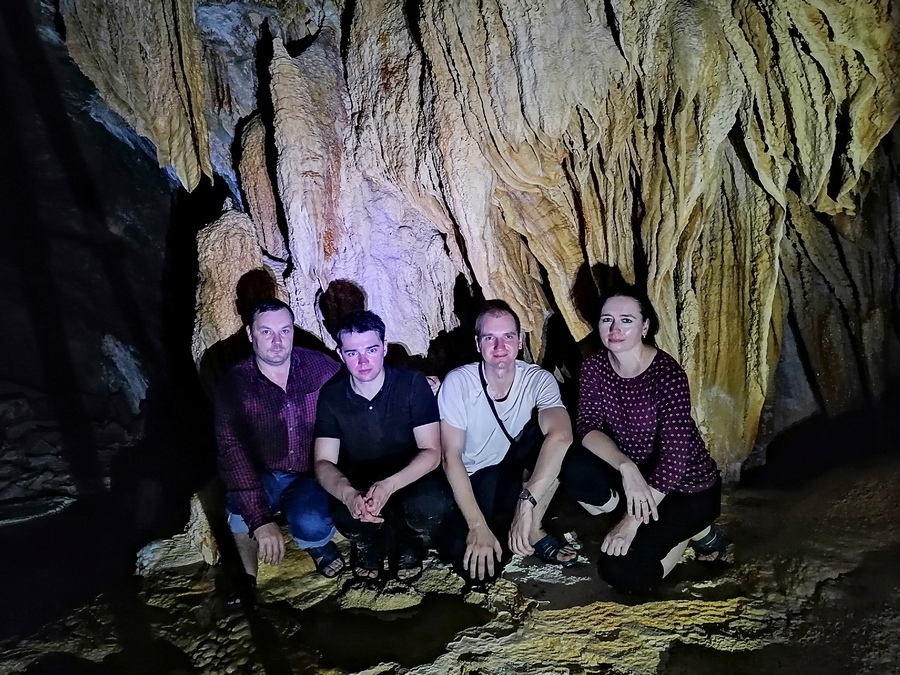
Biologists from the Sector of Molecular Genetics of the Cell (SMGC) of the Dzhelepov Laboratory of Nuclear Problems from the Joint Institute for Nuclear Research (DLNP of JINR) took several samples of water during two expeditions to the Baksan Neutrino Observatory of the Institute for Nuclear Research of the Russian Academy of Sciences (BNO of INR of RAS) and brought them frozen to JINR. One part of the water containing microorganisms was examined using a chemical analysis. Another part was transferred to a solid nutrient medium, which resulted in growth of bacterial colonies. These bacteria were reproduced and further analyzed ― the complete genome sequencing of DNA of the bacterium was performed, biochemical and chemotaxonomic tests were conducted, its ability to grow at a high concentration of heavy metals and to use methanol as a carbon source was estimated.
“We learned about the hot spring at BNO when investigating the impact of reduction of the natural radiation background on model organisms at the special low-background laboratory of INR of RAS,” says Kirill Tarasov, a SMGC bioinformatician. “And we wondered whether it is possible to extract something new and interesting from this water.”
After the investigation, the bacterium was assigned to a new species Cytobacillus pseudoceanisediminis. A large number of genes responsible for metal resistance were identified in the genome. The inoculation of media containing a line of concentrations of four metals (cadmium, zinc, lead, copper) allowed determining the highest concentrations of these metals at which the bacterium is able to live. It turned out that the bacterium belongs to the most lead-tolerant microorganisms known at present. In addition, genes of enzymes were found responsible for using C1 compounds in metabolism. It is quite unusual that there are two pathways of assimilation of carbon from C1 compounds in this bacterium. Methylotrophic bacteria most often have only one of the pathways. This feature can be of value for a more precise tuning of biochemical pathways of a producer based on this bacterium using genetically engineered methods. The ability to grow at considerable concentrations of methanol was also shown during this study.
“This is by no means the only bacterium inhabiting the underground spring at BNO. In our samples, we have also identified other interesting new microorganisms, and the study of their metagenome will allow describing all this extremophilic community,” says Elena Vladimirovna Kravchenko, the SMGS head, Cand. Sci. (Biology).
The scientists are going to investigate in more detail the possibility of purifying water and soils from heavy metals with the already isolated bacterium.
“The unique underground infrastructure of BNO of INR of RAS aimed at solving problems in particle physics, neutrino physics and astrophysics also allows conducting studies in interdisciplinary fields of science, such as geophysics, geology, radiogenetics and ecology. Some areas of underground structures of BNO of INR of RAS are a habitat of unique microorganisms, extremophiles,” says Albert Gangapshev, a deputy head of science at BNO, Cand. Sci. (Phys.-Math.), commenting the results.
Extremophiles, organisms inhabiting environments remarkably different from those considered standard by humans, were always of interest to scientists since they have unique systems of adaptation to extreme habitats. Studying such systems helps to understand the laws of evolution and also to provide biotechnological industry with necessary enzymes able to function under different conditions. At present, thermostable enzymes extracted from the bacteria inhabiting hot springs are widely used in molecular biology and medicine, e. g., for PCR (polymerase chain reaction). Also, extremophiles are model objects in astrobiology ― scientists look for conditions on Earth similar to those on other planets and examine organisms living there in order to reveal how extraterrestrial life could evolve. For this reason, the JINR scientists, performing another experiment at the Baksan Neutrino Observatory of INR of RAS, decided to collect water samples from the saline spring located 1700 m deep under the Andyrchi mountain and find out whether there are some living organisms, and if there are some, what kind of adaptation mechanisms they have.
The research results were published in the journal Current Microbiology.
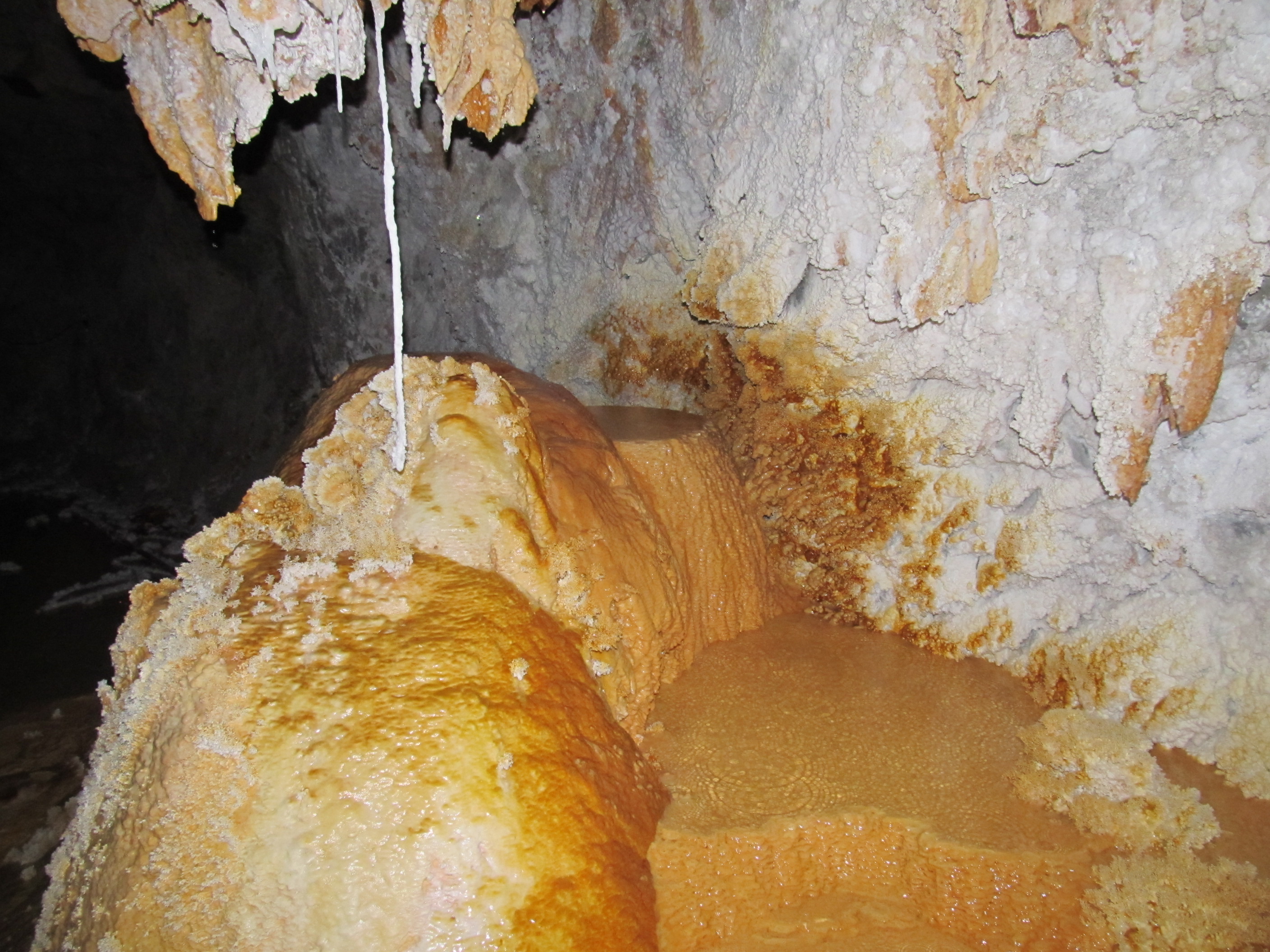
Remote part of an unused tunnel at the Baksan Neutrino Observatory. Sampling site / © JINR
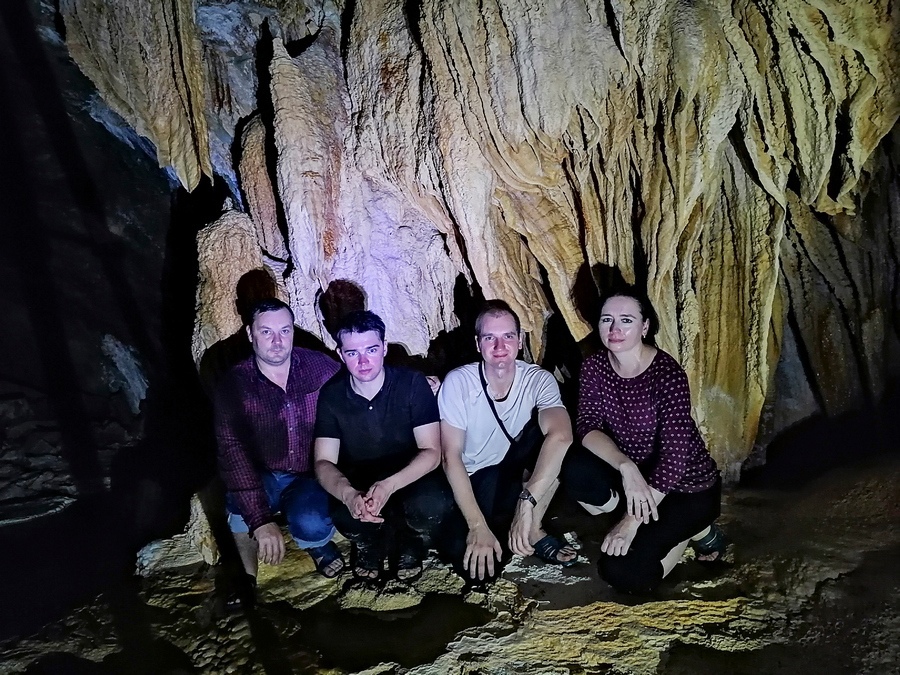
Collective photo of expedition members. Left to right: Albert Gangapshev (BNO of INR of RAS), Mikhail Zarubin, Kirill Tarasov, Elena Kravchenko (SMGC of DLNP of JINR) / © JINR
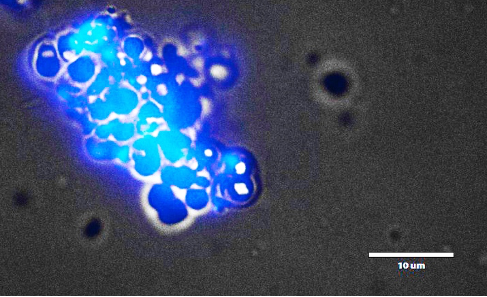
One of the endemic bacteria isolated from extremophilic community at BNO of INR of RAS / © JINR


